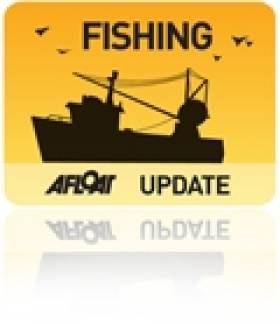Displaying items by tag: Irish Skipper Expo 2011
Deadliest Catch Star Warns of Threat to Small-Boat Fishing
The Common Fisheries Policy will wipe out coastal communities in Ireland, according to a star of TV's Deadliest Catch.
Corey Arnold, who was in Galway today to speak at the Irish Skipper Expo, has spent time working with small-boat fishermen in Donegal and Mayo as part of a Pew Environment Group project to document the state of Europe's fishing industry.
He told The Irish Times: “It struck me that these people have a great opportunity to land top quality, sustainably caught fish, but they get no real encouragement under current management policies."
Arnold emphasised that smaller boats "barely get enough quota to survive, compared to the much larger vessels which get most of the quotas and can discard up to 50 per cent of their catch.”
The American, who is a photographer and seasoned salmon and crab fisherman, said fishery management practice in Alaska offered lessons for Europe.
Fishing Exhibition Show Heads for Galway
The exhibition times are Friday 4th March (10:00am - 5:30pm) and on Saturday 5th March the opening hours are repeated (10:00am - 5:30pm). For further information on the trade-only show Tel: (053) 74 954 8037 / 954 8935 or by clicking here

























































